Through tiplines, crowdsourcing and monitoring social media, fact-checkers get hold of a wide range of misinformation circulating online and on private messaging platforms. Despite building corresponding fact-check reports for false and misleading claims, the biggest challenge is the reach of these fact-checks to counter the harm done by false claims. Studies show that false news travels faster and more broadly than facts.
In a recent effort to address this gap in reach of facts, the Quint an English and Hindi language Indian general news and opinion website, came up with a brilliant initiative. Their fact-check team WebQoof resorted to offline collaborations with grassroots level newsrooms and media organizations in gathering misinformation circulating in rural areas and among underserved communities in India. We spoke to Kritika Goel, Associate Editor with the Quint for insights on how the collaboration works and the responses in the community. This blogpost shares highlights from the conversation with Kritika.
1. Partnering with local newsrooms to reach fact-checks to underserved communities
The initiative involved urban based fact-checkers to partner with local and grassroots level newsrooms such as the women-led Khabar Lahariya, Video Volunteers and Center for North East Studies and Policy Research , who work in rural areas in the states of Uttar Pradesh, Madhya Pradesh, Bihar and Assam.
2. A two-fold agenda of misinformation gathering and dissemination of facts in the community
The idea of the collaboration is to circulate fact-checks and disseminate fact-checked, verified information though local partners to ensure that people in rural areas have access to the right information related to COVID-19 and vaccines. The team is also trying to reach out to rural women through this initiative and address issues such as vaccine hesitancy.
3. Formats that the community can easily access and connect to are important
The initiative is experimenting with creative formats in disseminating debunks and facts in the community. In order to make content relatable, the campaign has a character named Janaki as the face of it. Janaki’s character represents other women from small towns. Janaki runs a tea stall next to one of the country’s most prestigious medical institutes in India, the All India Institute Of Medical Science in Delhi. This gives her access to credible information around the pandemic from doctors, nurses and even journalists who visit her stall. Janaki speaks to the rural audience and debunks misinformation that she receives on WhatsApp through videos and visual cards.
4. Content in local languages is key to addressing misinformation in local communities
Videos and visual cards with facts and debunks are disseminated by the local groups back to the community through WhatsApp, the same platform on which they crowdsource misinformation. Content, which includes debunks and video explainers of COVID-19 related issues and concepts is translated into the local languages such as Hindi, Bhojpuri and Assamese. The Quint team is also exploring the dissemination of content via podcasts which are narrowcasted by local radio stations. Some of the videos are also being played up by the local channels to amplify the reach of fact-checks.
5. Digital misinformation in urban areas finally reaches rural areas as well
The team observed that misinformation that circulates in urban areas ultimately reaches rural areas. However, there is region-specific misinformation as well. For instance, in the state of Assam where the central government is implementing the National Register of Citizens, people hesitated to be taken for COVID treatment as they feared of being put in detention centers.
6. Media literacy and awareness campaigns complement fact-checking
Overall, the project aimed at catching hold of rumours and misinformation circulating in areas where the reach of fact-checkers is less and circling back with facts and credible information by partnering with local newsrooms who have access to the community. The goal was to create awareness and to educate people to exercise caution while consuming information shared on closed groups and social media.
Refer to the following for examples of visual cards and videos used by the team.

We collaborated with 53 partner organizations worldwide to design and carry out our 2024 elections projects. We extend special gratitude to our lead partners in Brazil, Mexico and Pakistan, whose work we highlight in this essay.
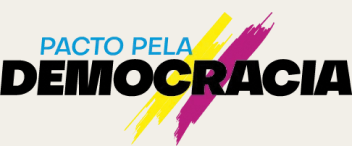
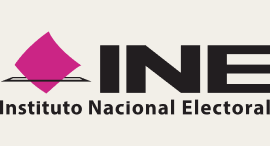
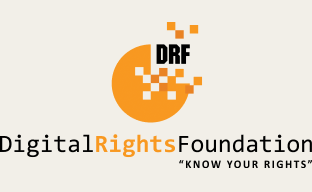
The 2024 elections projects featured in here would not have been possible without the generous support of these funders.
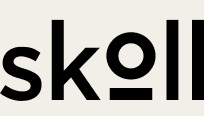


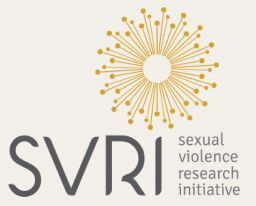
Footnotes
References
Authors
Words by
Sneha Alexander is Program Manager for APAC at Meedan. She is a public policy graduate with work experiences as a data journalist and fact-checker in India. Sneha is a trainer in media literacy and fact-checking and has coordinated work related to the Ekta consortium in India.








